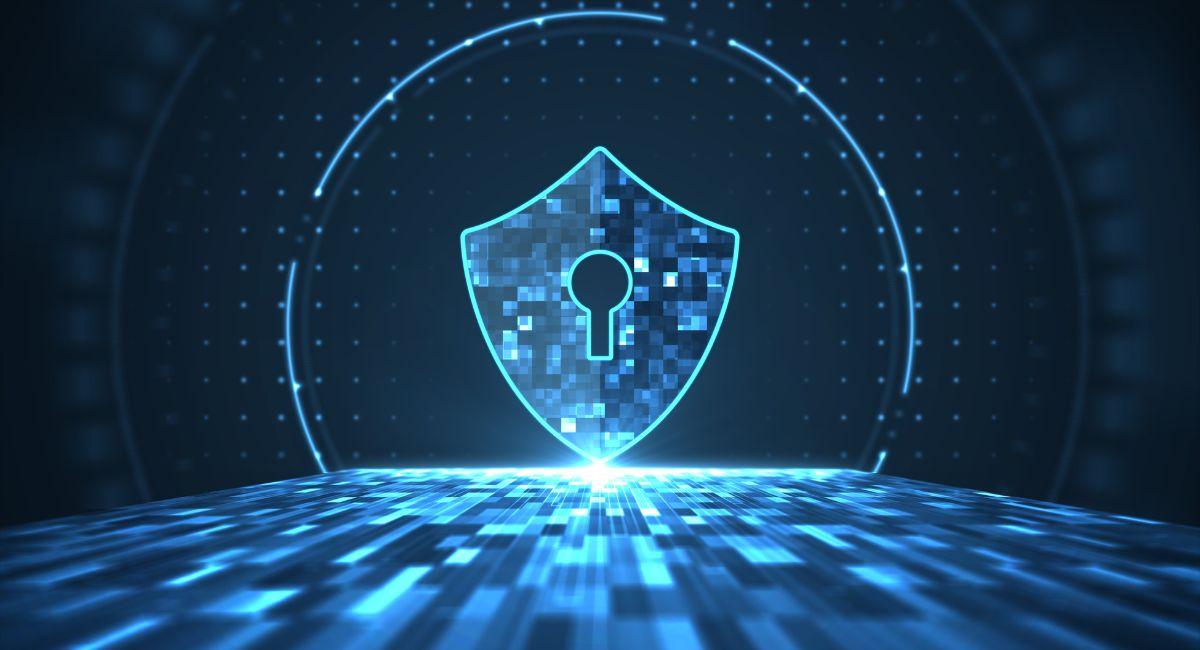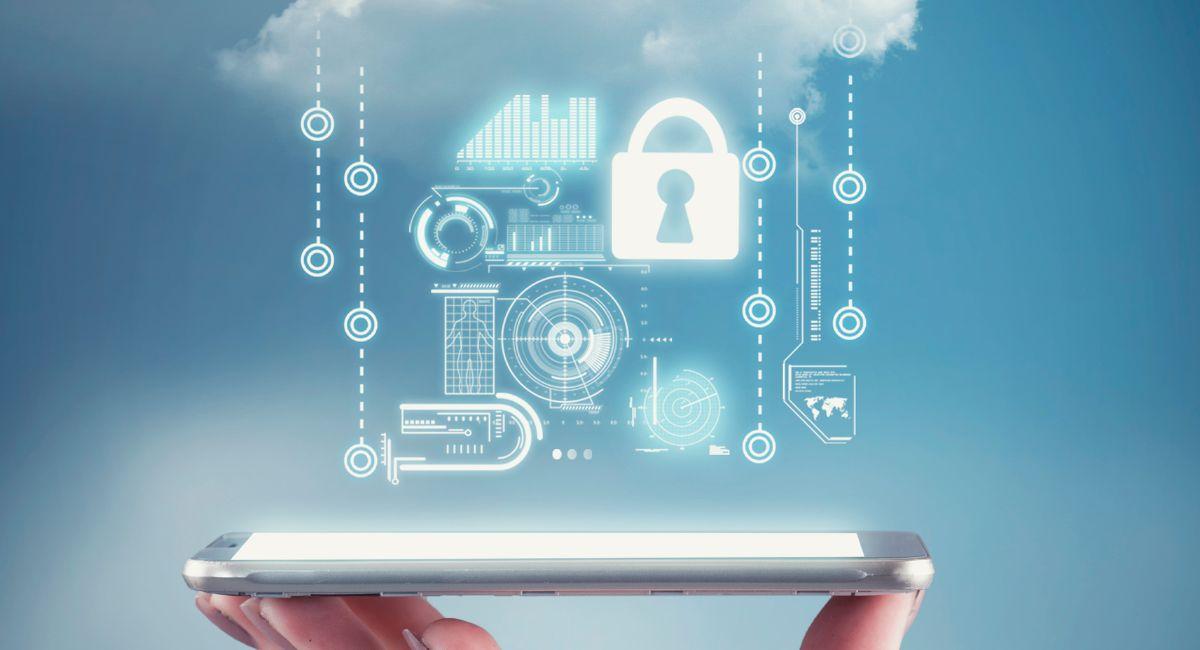May 9, 2024 by Diana Ambolis
36
In today’s hyper-connected world, our personal data forms an invisible currency. It’s constantly collected, analysed, and often breached, leaving us vulnerable to identity theft, fraud, and a nagging sense of powerlessness. Data security breaches dominate the headlines, eroding trust in institutions and highlighting the urgent need for a more secure way to manage our digital
In today’s hyper-connected world, our personal data forms an invisible currency. It’s constantly collected, analysed, and often breached, leaving us vulnerable to identity theft, fraud, and a nagging sense of powerlessness. Data security breaches dominate the headlines, eroding trust in institutions and highlighting the urgent need for a more secure way to manage our digital footprint.
Blockchain technology, often associated with cryptocurrencies like Bitcoin, offers a revolutionary approach to data security. But how does it work, and what makes it stand out from traditional data security methods?
Decentralized Revolution: Breaking Free from the Silo
Unlike traditional data storage systems where information resides on centralized servers, blockchain is decentralized. Imagine a giant, public ledger, continuously updated and distributed across a vast network of computers. Every piece of data added to this ledger, called a block, is securely linked to the one before it, creating an unalterable chain. This decentralization offers several advantages:
-
Enhanced Security: Altering a single block on the blockchain would require modifying all subsequent blocks across the entire network, a near-impossible feat with millions of computers constantly verifying the data. This distributed ledger makes tampering nearly undetectable, significantly reducing the risk of data breaches.
-
Transparency and Trust: Every transaction on the blockchain is visible to everyone on the network. This inherent transparency fosters trust and eliminates the need for a central authority to verify data integrity.
-
Empowering Users: By giving users control over their data, blockchain empowers individuals. You decide who can access your data and under what conditions. This shift in control from corporations and governments to individuals is a significant step towards a more secure digital future.
Top 10 Amazing Ways Blockchain Can Secure Your Data In A Digital World In 2024

As we hurtle through 2024, data breaches and privacy concerns remain a constant threat. But fear not, for blockchain technology is emerging as a powerful guardian of our digital lives. Let’s delve into ten incredible ways blockchain secures your data in this ever-connected world:
-
Fort Knox-Level Encryption: At the heart of blockchain lies cryptography, the same technology that safeguards online banking. Every piece of data is encrypted into complex codes, making it nearly impossible for hackers to crack. Imagine your data being locked away in a digital Fort Knox, accessible only by authorized personnel.
-
Immutability: The Unchangeable Ledger: Blockchain operates on a distributed ledger, a shared record replicated across a vast network of computers. Once data is recorded, it becomes a permanent part of this chain, tamper-proof and unchangeable. Think of it as an incorruptible history book for your data, ensuring no unauthorized modifications can erase or alter your information.
-
Decentralization: Power to the People: Unlike traditional systems with a central authority, blockchain distributes control. There’s no single point of failure, making it highly resistant to cyberattacks. Imagine your data being guarded by a global network, eliminating the vulnerability of a single point of entry for hackers.
-
Transparency You Can Trust: Many blockchains are permissioned or public, allowing authorized users to see all transactions. This fosters trust and accountability. It’s like having a transparent window into how your data is being used, giving you peace of mind.
-
Enhanced Audit Trails: Following the Digital Paper Trail: Every interaction with your data on a blockchain is meticulously documented. This creates a clear audit trail, allowing you to track how your data has been accessed and used. Imagine a digital footprint for your data, providing a complete record of its journey.
-
Secure Identity Management: You Are Who You Claim to Be: Blockchain can revolutionize identity management. Imagine storing your identity documents (passports, licenses) on a secure blockchain ledger. This would eliminate the risk of forged documents and streamline verification processes.
-
Data Access Control: You’re the Gatekeeper: With blockchain, you can control who has access to your data. You can grant specific permissions for specific purposes. It’s like being the gatekeeper of your digital vault, allowing access only to those you trust.
-
Data Provenance: Knowing Where Your Data Comes From: Blockchain can track the origin of your data. This is particularly valuable for things like medical records or financial transactions. Imagine knowing the exact source of your data, ensuring its authenticity and preventing manipulation.
-
Secure Data Sharing in the IoT Age: The Internet of Things (IoT) is brimming with connected devices. Blockchain can secure communication between these devices, protecting them from data breaches and manipulation. Imagine a secure network for your smart home devices, safeguarding your data from unauthorized access.
-
Empowering Individuals in the Data Economy: Blockchain can transform how we interact with our data. It can enable individuals to sell their data directly to interested parties, cutting out middlemen and giving users more control over their data and privacy. Imagine being empowered to monetize your data on your own terms.
These are just ten of the many ways blockchain is securing our data in 2024. As the technology matures, we can expect even more innovative applications that safeguard our digital lives and empower us in the data economy.
Also, read – All About The Intriguing World Of Blockchain Wallet As We Reach The End Of Financial Year 2023
Some real-world applications of blockchain for data security in 2024:

Healthcare:
-
Secure Medical Record Management: Blockchain can create a tamper-proof record of a patient’s medical history. This allows patients to control access and share their records securely with doctors and hospitals, improving care coordination and reducing the risk of data breaches.
-
Drug Tracking and Anti-Counterfeiting: Blockchain can track the journey of pharmaceuticals from manufacturer to pharmacy, ensuring authenticity and preventing the sale of counterfeit drugs.
Supply Chain Management:
-
Provenance Tracking: Blockchain can track the origin and movement of goods throughout the supply chain. This increases transparency, allowing consumers to verify the authenticity of products and businesses to identify potential bottlenecks or contamination sources.
-
Smart Contracts for Secure Payments: Smart contracts, self-executing agreements stored on a blockchain, can automate payments upon the fulfillment of specific conditions. This eliminates the need for intermediaries and reduces the risk of fraud in transactions.
Government and Identity Management:
-
Secure Issuance and Verification of Credentials: Birth certificates, passports, and other government-issued documents can be stored securely on a blockchain. This reduces the risk of forgery and streamlines verification processes.
-
Voting Systems: Blockchain-based voting systems can improve security and transparency in elections. By creating a tamper-proof record of votes, it can minimize the risk of fraud and manipulation.
Other Applications:
-
Data Sharing in Research: Blockchain can facilitate secure data sharing between researchers while protecting patient privacy. This can accelerate medical research and innovation.
-
Intellectual Property Protection: Blockchain can be used to register and track ownership of intellectual property, such as copyrights and patents. This can deter plagiarism and streamline royalty payments.
These are just a few examples, and as blockchain technology continues to evolve, we can expect even more innovative applications for data security across various industries.
Challenges and Considerations: A Balanced Perspective on Blockchain for Data Security

While blockchain offers a powerful toolkit for data security, it’s important to acknowledge the ongoing challenges and considerations for its implementation. Here’s a balanced perspective to keep in mind:
-
Scalability: Current blockchain implementations can struggle to handle massive amounts of data. Processing transactions can be slow and energy-intensive, limiting its scalability for large-scale applications.
-
Regulation: The legal and regulatory landscape surrounding blockchain is still evolving. Uncertainty around regulations can hinder mainstream adoption and create compliance hurdles for businesses.
-
Integration with Existing Systems: Integrating blockchain technology with existing IT infrastructure can be complex and require significant resources. Businesses need to carefully evaluate the cost-benefit analysis before diving in.
-
Standardization: The lack of standardized protocols across different blockchain platforms can create interoperability issues. This can make it difficult for different systems to communicate and share data seamlessly.
-
Security Vulnerabilities: While blockchain itself is secure, vulnerabilities can exist at the application layer or within smart contracts. Hackers can exploit these vulnerabilities to steal data or disrupt operations.
-
User Adoption and Awareness: For widespread adoption, user education and awareness regarding blockchain technology are crucial. People need to understand its benefits and limitations to trust storing their data on a blockchain.
-
Privacy Concerns: While blockchains can enhance transparency for certain data, some implementations might not be ideal for highly sensitive personal information. Striking a balance between transparency and privacy remains a challenge.
-
Environmental Impact: The energy consumption of certain blockchain protocols, particularly Proof of Work (PoW), can be significant. Sustainable alternatives like Proof of Stake (PoS) are being explored to address this concern.
Considerations for Businesses:
-
Clearly Defined Use Case: Before implementing blockchain, businesses need to have a clear understanding of the specific problem they are trying to solve and how blockchain can provide a unique advantage over existing solutions.
-
Cost-Benefit Analysis: The cost of implementing and maintaining a blockchain solution needs to be weighed against the potential benefits in terms of improved security and efficiency.
-
Long-Term Commitment: Blockchain is a rapidly evolving technology. Businesses need to be prepared to adapt and invest in ongoing development and maintenance to keep their blockchain solutions secure and effective.
Blockchain offers a promising future for data security, but it’s not a one-size-fits-all solution. By acknowledging the challenges and carefully considering the implementation strategy, businesses and organizations can leverage this technology to build a more secure and transparent digital future.
The Road Ahead: A Future Built on Trust
Blockchain technology holds immense promise for data security in a digital world. As the technology matures and the challenges are addressed, we can expect to see a shift towards a more secure and user-centric approach to data management. The future lies not in centralized control, but in a decentralized ecosystem where individuals have greater control over their digital footprint. By harnessing the power of blockchain, we can build a more secure and trustworthy digital world for everyone.
Register at Binance